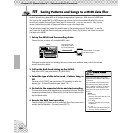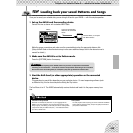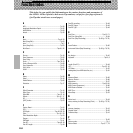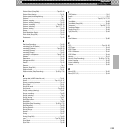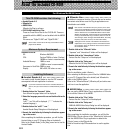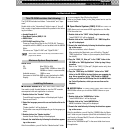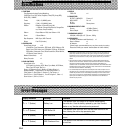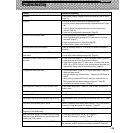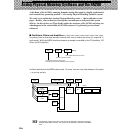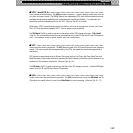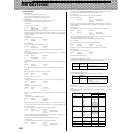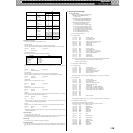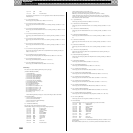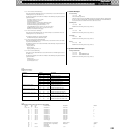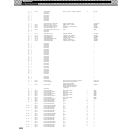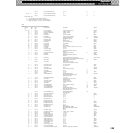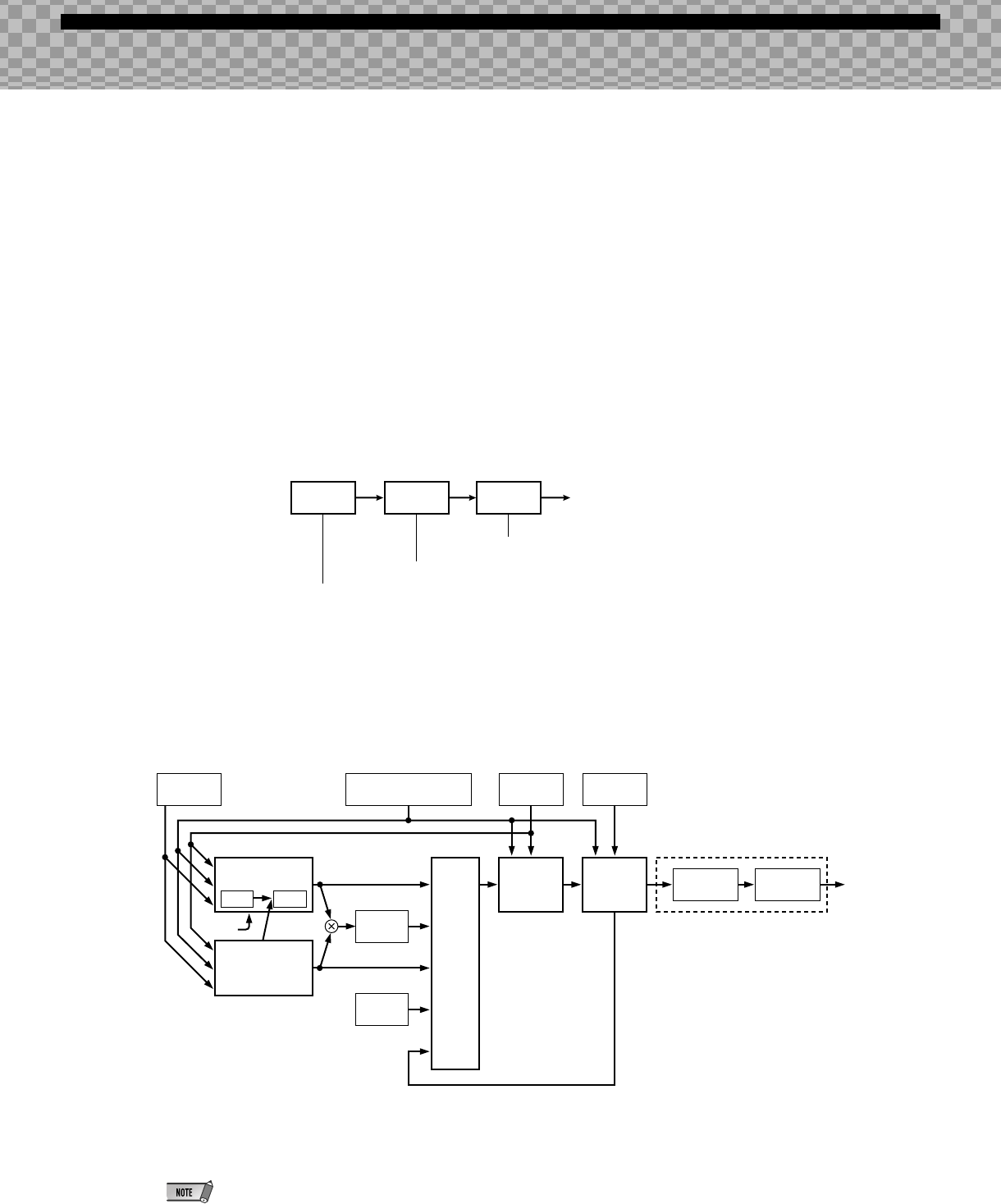
116
Analog Physical Modeling Synthesis and the AN200
Appendix
Analog Physical Modeling Synthesis and the AN200
At the heart of the AN200’s stunning, dynamic analog-like sound is a highly sophisticated
and versatile tone generating method — the Analog Physical Modeling Synthesis system.
We won’t try to explain how Analog Physical Modeling works — that would take several
pages. Besides, you can hear for yourself the enormous power and punch this system
delivers. In this section, we’ll just briefly outline the structure of the AN200, and show you
what happens to the sound within the AN200 system as it’s generated, processed and
enhanced.
■ Oscillators, Filters and Amplifiers • • • • • • • • • • • • • • • • • • • • • • • • • • • • • • •
Very simply, there are three basic elements of sound: pitch, tone (or timbre) and volume (or “amplitude” in
synth-speak). Within the AN200, these three elements are created or controlled by the VCO (oscillator), VCF
(filter), and VCA (amplifier).
And that’s basically how the AN200 creates sound. Of course, there are a few other elements in the system
— as you can see here:
Control blocks in italics are functions that can only be changed or adjusted by using the
included AN200 Editor software. They cannot be controlled from the panel of the AN200
itself.
VCO VCF VCA OUT
The oscillator creates the source pitch
(and also the basic timbre, depending on the waveform)
The amplifier determines the volume
The filter controls the timbre
FEG AEG
Distortion
Effects
3-Band EQ
VCF
VCO1
Oscillator Sync
FM
Oscillator
Sync
MIXER
LFO1,
LFO2
Ring
Modulator
Noise
Feedback
Slave
VCO2
Master
PEG
VCA



